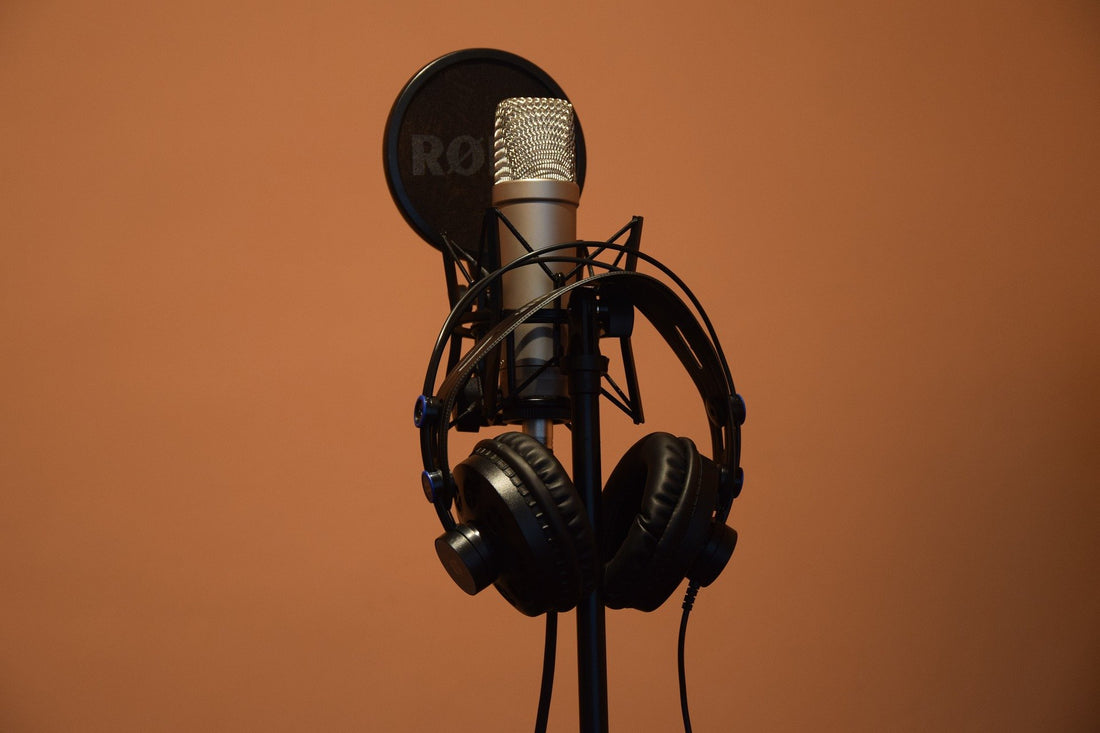Vinyl best
by Paul McGowan
In my earlier post, Audio Pedigree I waxed on about how nice it would be to know the true origins of our music's recordings. Remastered vinyl "improved" by digital enhancement from the original analog tape is rarely as good as the original and often worse.
This prompted a few juicy questions about our own Octave Records process as we move into vinyl. While we're completely transparent as to the recording methods and source materials, it would seem to some that vinyl mastered from DSD falls into a similar category as the aforementioned digital remasters I do not like.
Not so.
The ultimate quality of vinyl is achieved by what we used to call Direct-to-Disc recording. Where the long-ago norm was to first record on magnetic tape then transfer to vinyl, a few labels skipped the tape recorder altogether. Artists would play live while vinyl cutting engineers went direct to the lathe. These direct-to-disc recordings were amazing but not because of any superior cutting techniques.
What made direct-to-disc recordings sound so great was the elimination of the magnetic tape recorder. That was it. Tape recorders have limited dynamic range—less than what's possible on a vinyl disc.
So the problem is in the recorder, which is why it seemed to make sense to record digitally. Digital recorders have dynamic range capabilities that far exceed the limitations of vinyl. Thus, with digital, it should be possible to obtain the same performance as we got with direct-to-disc. And while that is true when it comes to dynamics, it isn't true when it comes to sounding like the live event.
This is where we draw the line between PCM and DSD. PCM can often sound artificial while DSD in the right hands sounds analog-live.
A new era is upon us. It is now possible to create direct-to-disc quality vinyl without requiring the musicians to play live.
Stay tuned.
- Choosing a selection results in a full page refresh.
- Opens in a new window.








